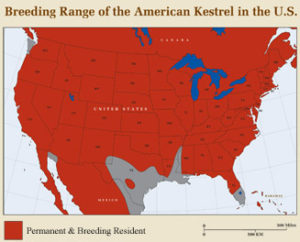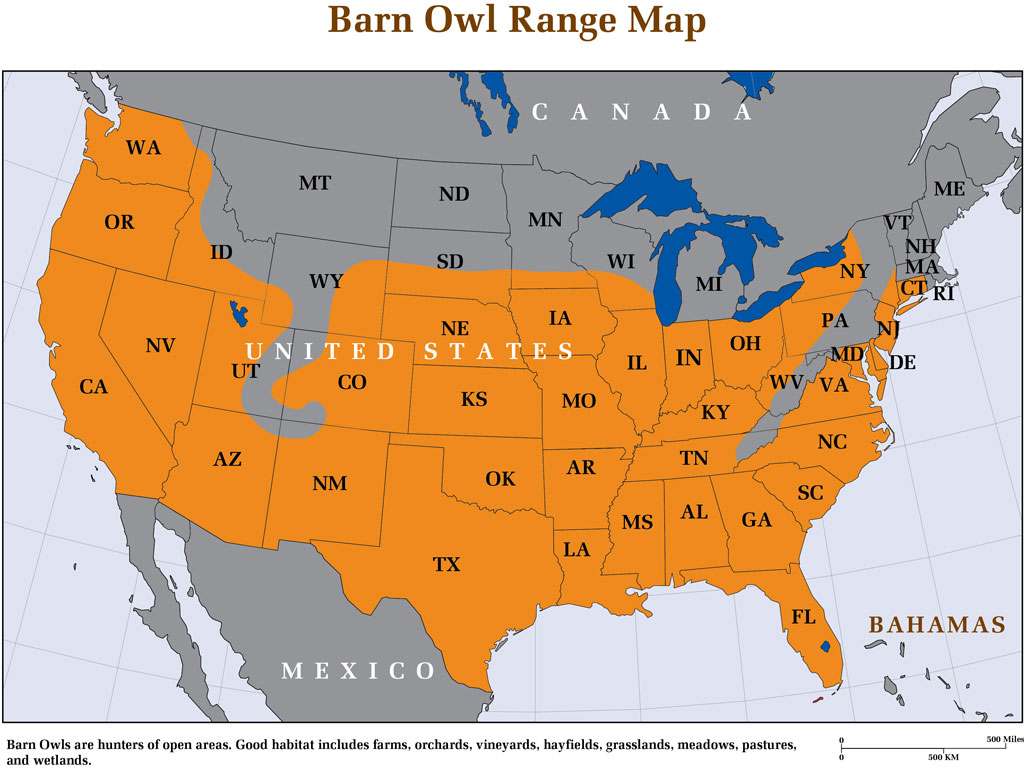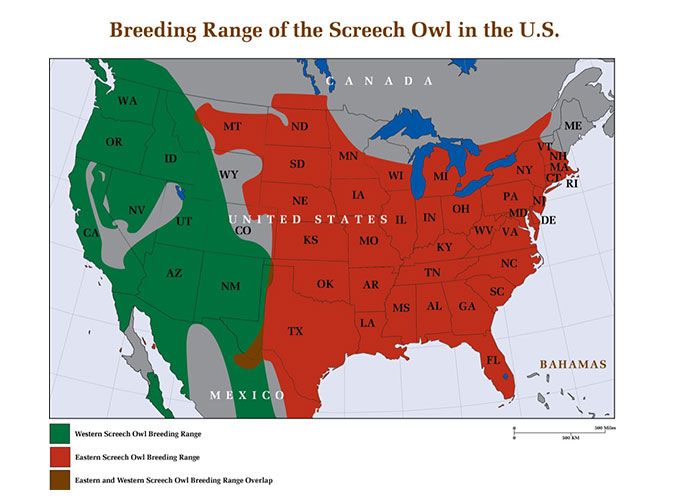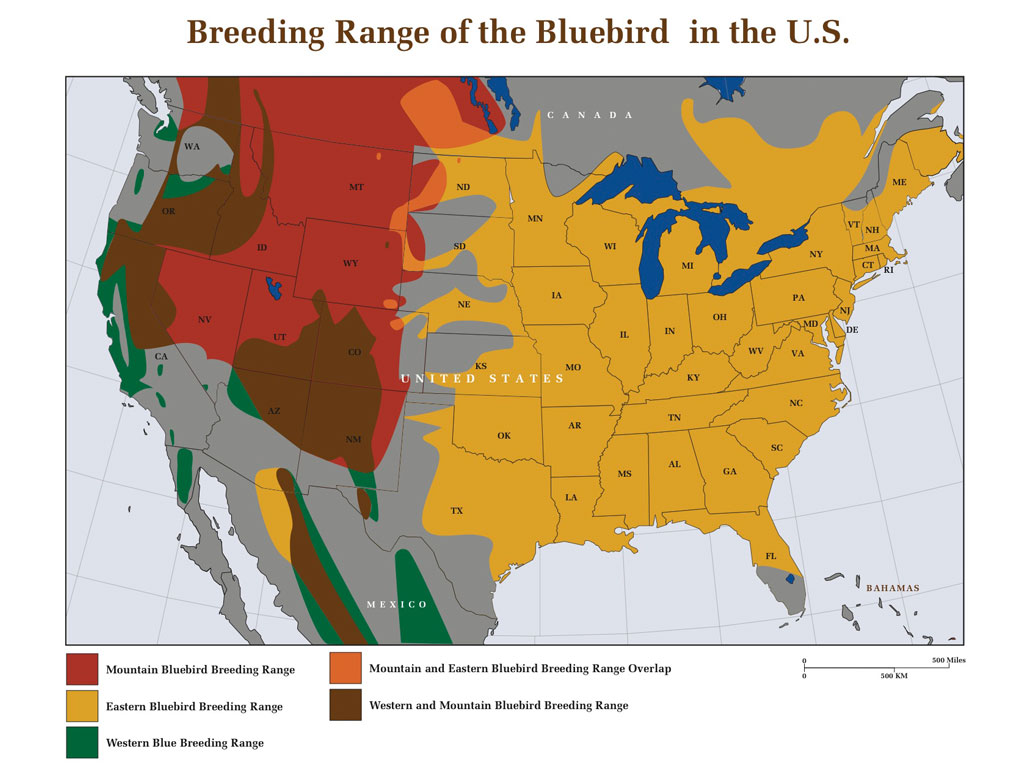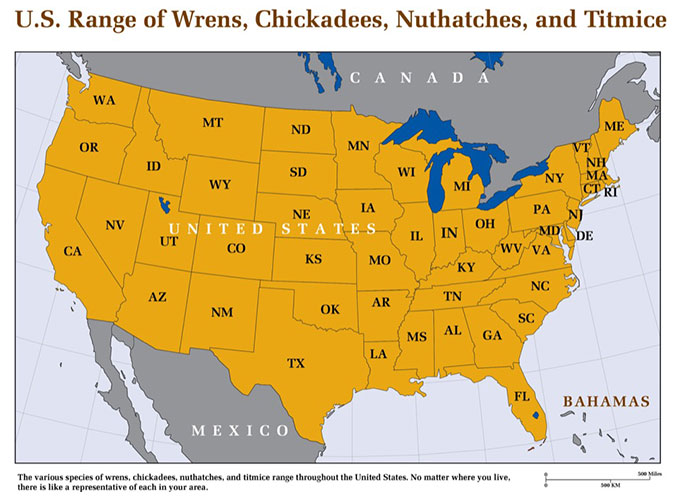Free Shipping to the Contiguous United States
…
The American Kestrel and Conservation
 At around 9 to 11 inches long, with a wingspan of 20 – 24 inches, the American kestrel (Falco sparverius) is the smallest of North American falcons. One of the handsomest of North American birds, the kestrel sports a gray head, blue gray wings (females have brown wings), buff breast, copper back, two vertical black facial stripes on either side, and a long narrow, banded tail which it frequently wags and bobs.
At around 9 to 11 inches long, with a wingspan of 20 – 24 inches, the American kestrel (Falco sparverius) is the smallest of North American falcons. One of the handsomest of North American birds, the kestrel sports a gray head, blue gray wings (females have brown wings), buff breast, copper back, two vertical black facial stripes on either side, and a long narrow, banded tail which it frequently wags and bobs.
Worldwide, fourteen species make up the genus Falco, including four that share the North American continent: the Peregrine Falcon, Prairie Falcon, Merlin, and the mostly arctic Gyrfalcon.
Kestrels are one of the most enjoyable birds in the United States to watch. The bird is highly active, full of energy, and quick to vocalize with its high-pitched klee klee klee! It is also known to whine and chitter. Its distinctive brand of hunting—hovering with rapid wing beats over open fields– makes it highly visible while it forages for rodents, small birds, and insects; and its habit of perching on branches, wires, and poles often allows for close viewing.
Read about our innovative Kestrel Nest Box
To post questions or comments about kestrels, or upload photos you have taken, please join our FORUMS.
Diet and Hunting
Kestrels, like other falcons, are fast flying, aggressive hunters that eat a large number of rodents. They also take small birds and numerous insects. They normally hunt from a perch, but they also do quite a bit of hovering in the air, pouncing downward on prey.
Breeding and Development
Kestrels usually begin breeding in the spring, typically laying four to five tan, brown-flecked eggs that take approximately 30 days to hatch. Another 30 days later, the young are ready to fly and hunt on their own. By the following spring, the offspring are ready to raise families of their own. The birds mostly migrate southward for the winter, and return in spring, and show a great deal of nest site fidelity, returning to the same nests year after year.
The Kestrel breeds throughout the U.S. and Canada, including Alaska. The only exceptions are southern parts of FL, LA, TX, and NM.
Kestrel Conservation
The link between Kestrel nest boxes and conservation is an important one. Like many cavity nesting birds, kestrel numbers may often be limited first and foremost by availability of suitable nesting sites. Unlike smaller cavity nesters, kestrels need holes of substantial size, further limiting availability. This is especially true where humans habitually cut down dead trees. On the other hand, kestrels can benefit immensely by the erection of nest boxes in suitable habitat. Kestrel nest boxes have been installed systematically by a large number of groups in many states and numbers have been noticeably improving. Numerous organizations are erecting kestrel nest boxes. Below are links to a few.
Links to Excellent Sites Dedicated to Kestrel Conservation
Kestrel Conservation in Wyoming and South Dakota http://www.fs.usda.gov/Internet/FSE_DOCUMENTS/fsm9_012266.pdf
Conserve Wildlife Foundation of New Jersey http://www.conservewildlifenj.org/species/spotlight/kestrel/
Audubon Chapter of Central New York http://onondagaaudubon.com/conservation/kestrel-conservation/
Florida Fish and Wildlife Commission http://myfwc.com/research/wildlife/birds/southeastern-american-kestrel/conservation-status/
Ohio Bird Conservation Initiative http://obcinet.org/american-kestrel-highway-nestbox-program/
Ohio Kestrel Conservation http://ohiogeologyandbiodiversity.blogspot.com/2013/04/keeping-american-kestrel-common-ohio.html
American Kestrel Partnership http://www.nemesisbird.com/bird-science/help-study-and-conserve-american-kestrels/
Michigan: Saginaw Basin Land Conservancy http://www.sblc-mi.org/1/post/2012/09/the-american-kestrel-is-a-great-conservation-success.html
Wildlife Control Specialists, LLC in New Jersey that promotes raptor conservation http://www.skunks-2.com and http://www.falcons2.com
Interesting Facts About American Kestrels
- The kestrel does not build a nest but instead relies on taking over crevices, hollows in trees, and the nests of other birds. This makes it easy to attract them to nest boxes.
- The lack of suitable nesting sites is often the greatest limiting factor for kestrel populations.
- Kestrels prefer nest boxes over natural cavities, mainly because most natural cavities are more cramped than manmade boxes.
- The kestrel is an inhabitant of open fields, croplands, and orchards.
- Once widely known as “the sparrow hawk”, the name kestrel is now more commonly used.
- Although kestrels generally migrate southward in the winter, they return to their previous territories and nest sites year after year.
- Females tend to winter farther south than males.
- A kestrel family will eat upwards of 500 voles or mice per year as well as numerous grasshoppers and locusts.
- Kestrels generally begin breeding in early April or May, but often breeding activity reaches its peak in early June.
- The common name, American Kestrel, is used to distinguish the species that lives in North America (Falco sparverius) from its old world cousin, the European Kestrel (Falco tinnunculus).

